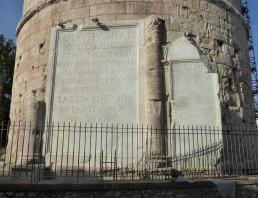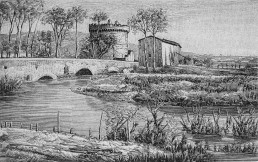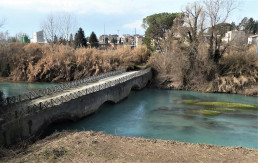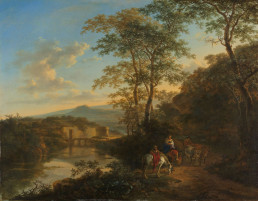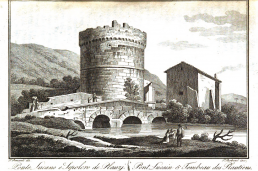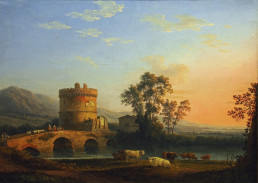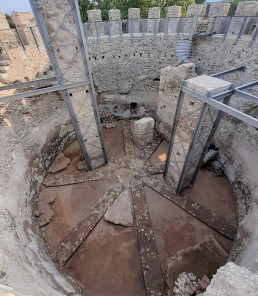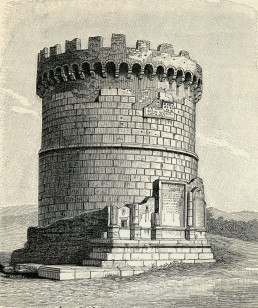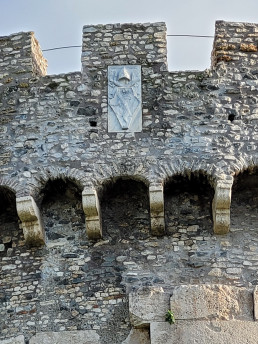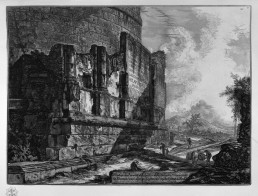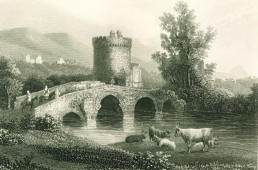Plautii’s Mausoleum
Via di Pontelucano
00019 Tivoli (RM)
Person in charge:
Arch. Laura Bernardi
laura.bernardi@cultura.gov.it
Plautii’s Mausoleum
Southeast of Ponte Lucano rises the bulk of the sepulcher of the illustrious Plautia family which, together with the Tomb of Cecilia Metella on the Appia Antica in Rome, represents a reference in the funerary monuments panorama of the Roman era. The mausoleum, dating back to the first century AD, has been studied and represented since the 15th century. It consists of a cylindrical upper body in parallelepiped travertine blocks, punctuated halfway up the height by a projecting frame, and a quadrangular base, also covered in blocks of the same material. Inside the base was the burial cell, accessed through an entrance, now partially buried, supported by a flat arc with travertine ashlars, located on the opposite side of the ancient Via Tiburtina route. Here were located the burials of M. Plautius Silvanus, his consort Lartia and his son A. Plautius Urgulanius. The mausoleum also housed the remains of their descendants, as evidenced by the preserved inscriptions. Over the centuries the monument underwent numerous modifications, mainly as a result of functional adaptations, engineering interventions, excavations and restoration. Becoming an outpost to protect the nearby bridge over the Aniene River during the Middle Ages, in the 15th century it was transformed into a large tower with small arches and battlements, with an added upper part made of a solid masonry of basalt, travertine and marble flakes. Starting from 1834, the first projects begin to safeguard the monument, subjected to restrictions due to cultural interest in the 1950s, while industrial and private construction grow indiscriminately around it. Recent interventions by the Superintendency of Archaeology, Fine Arts and Landscape of Rome’s metropolitan area and Rieti’s province concerned the restoration of the mausoleum and the reclamation of the surroundings to protect the area’s scenic value. In addition to the recovery of the vast interior environment, the external blocks were cleaned, the crenellated crowning was reintegrated and the inscriptions were restored to full legibility.
In July 2022 the monument became part of the heritage managed by the autonomous Institute “Villa Adriana and Villa d’Este”, as already established by Ministerial Decree n. 198 of 9 April 2016.
The Villae are part of an inestimable architectural, archaeological, historical and naturalistic heritage. To preserve their beauty and protect them from damage they must be treated with care. We need everyone’s cooperation if this precious and fragile legacy is to maintain its splendour and continue to reveal its age-old history.
The Villae comprise diverse, multiform sites, but are the expression of one and the same cultural heredity and unitary management principles. This is why we have drawn up a single set of general regulations for conscious and respectful fruition of the venues that can be easily adapted to suit the specific characteristics of each one of us.
